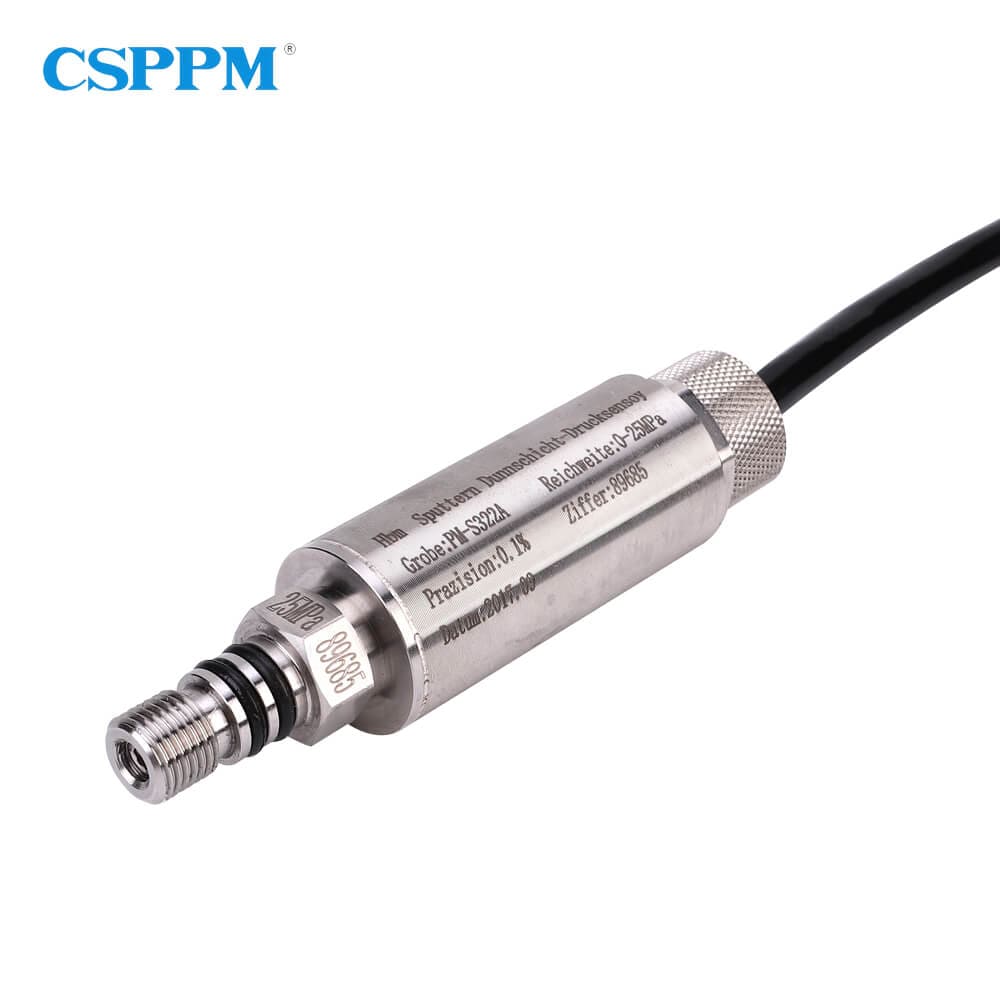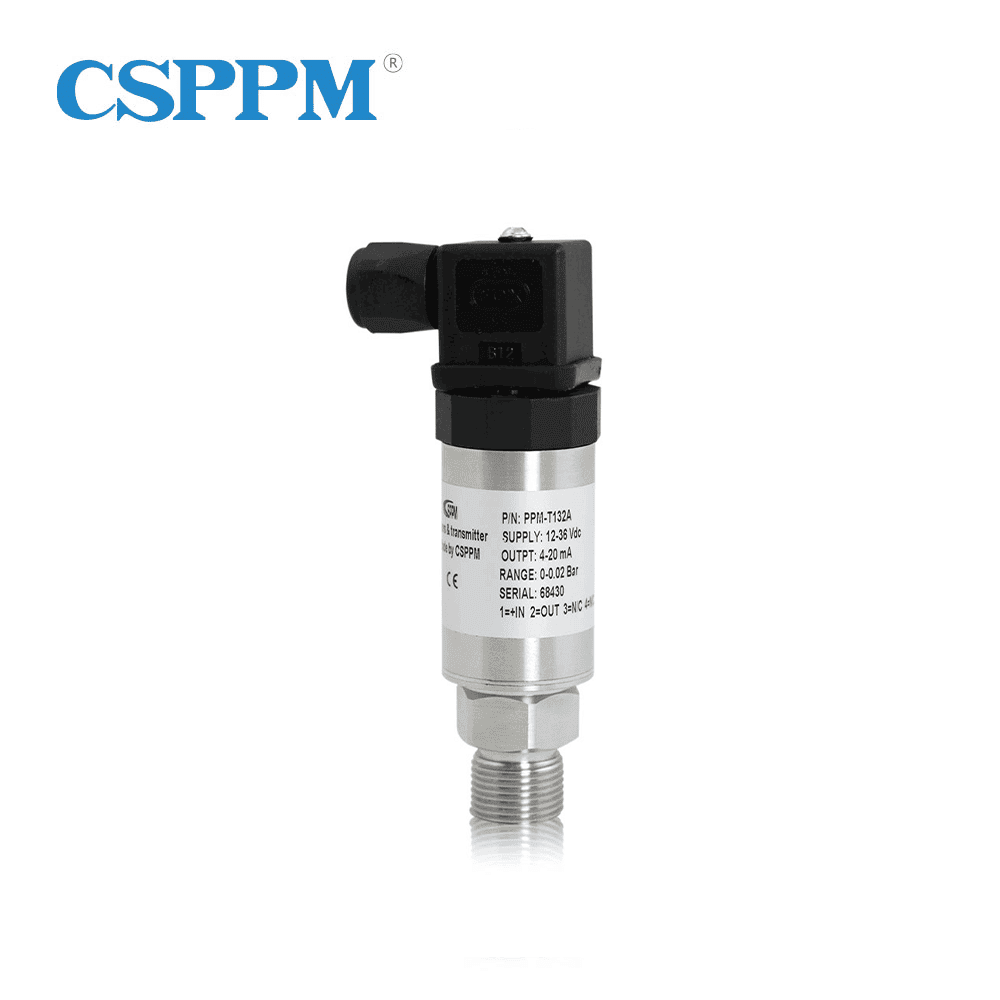If you’ve ever found yourself questioning the accuracy of your measurements in a manufacturing environment, you’re not alone. Industrial pressure sensors are crucial for ensuring products meet standards, yet, why do failures always occur during critical operations? It’s user data that highlights just how vital these tools are—it turns out that correctly calibrated sensors could save businesses thousands, if not millions, in losses. That’s right—industrial pressure sensors are your unassuming allies in achieving precise readings and reliable performance.

Traditional Solution Flaws
Many traditional pressure measurement methods fall short of today’s standards. When you rely on outdated analog gauges, inconsistencies can arise, leading to inflated costs and product quality issues. Plus, these older solutions often lack the integration capabilities that modern facilities demand. If you’ve ever had to replace a broken sensor during a peak production period, you know the headaches these flaws can cause. The good news is that today’s technology harnesses the power of digital readings to offer far more reliable, precise, and quick measurements. Look, it’s simpler than you think—embracing updated methods might be the difference between success and costly errors!
New Technology Principles
Modern industrial pressure sensors utilize advanced materials and digital signal processing, allowing for much greater accuracy and reliability. You can find sensors that support wireless data transmission, enabling monitoring from edge computing nodes without being tied down by cumbersome cabling. This flexibility not only keeps your operations lean but also enhances safety by reducing physical footprints. With cutting-edge biocompatibility, idiosyncratic sensor designs fit various application requirements, paving the way for more efficient and agile manufacturing processes, particularly in sensitive industries like pharmaceuticals.
Quantified User Benefits
What does adopting modern industrial pressure sensors mean for the average user? Well, exceptional responsiveness (and adjustments that take milliseconds instead of minutes) come to mind. With these systems, many users report improved time-to-market capabilities—huge for any competitive spaces. When you factor in the cost savings from minimized downtime and reduced waste, it’s a toss-up whether you should be more excited about the tech or the bottom line. Also, let’s not overlook the improvement in worker safety, as precise measurements lead to better-informed decisions and enhanced operational conditions.
Conclusion: Evaluating Pressure Sensor Solutions
When it comes to choosing the right industrial pressure sensors for your facility, always verify these 3 metrics: (1) Accuracy—how close are sensors to actual measurements? (2) Reliability—what is the expected lifespan and mean time between failures? (3) Integration—how seamlessly can new sensors connect to your existing systems? As you navigate your options, remember you’re not just choosing a sensor; you’re investing in the integrity of your operation.
Advanced Insights on Air Pressure Sensors
Let’s dive a bit deeper into air pressure sensors. These gems of technology are extremely versatile and play a pivotal role in various applications from HVAC systems to aerospace. When you utilize air pressure sensors, it’s as if you upgraded your toolkit instantly. Their ability to measure atmospheric pressure changes significantly improves environmental controls, making your systems more efficient. Plus, modern air pressure sensors feature heightened adaptability, which means that unreliable analog outputs can be a thing of the past. Using these sensors can boost product performance while also enhancing accuracy in whatever environment you’re measuring.
Key Advantages of Industrial Pressure Transducers
Now, let’s switch gears to discuss the industrial pressure transducer—often confused with sensors, but a unique breed of tools catering to specific needs. These devices convert pressure into an electrical signal, which provides real-time feedback and contributes significantly to efficiency in processes ranging from automotive to food and beverage industries. When you touch base with an industrial pressure transducer, you gain access to precision that can mean the difference between a well-executed task and a disaster. Many users find enhanced data analysis capabilities invaluable, leading to better process optimization. They are less susceptible to common failures that plague older measurement tools, giving your operations that extra boost.

Summarizing the Points of Consideration
To wrap everything up, employing the latest in industrial pressure sensors and associated technologies is no longer just a luxury—it’s a necessity. Whether you focus on air pressure sensors, industrial pressure transducers, or both, the insights shared in this article should guide you to make informed decisions. For your operational needs, I strongly recommend exploring the solutions offered by CSSPM Sensor. With their supply advantages and commitment to precision, you’re likely to find a perfect match for your industrial challenges, leaving you one step ahead in the competitive landscape.
